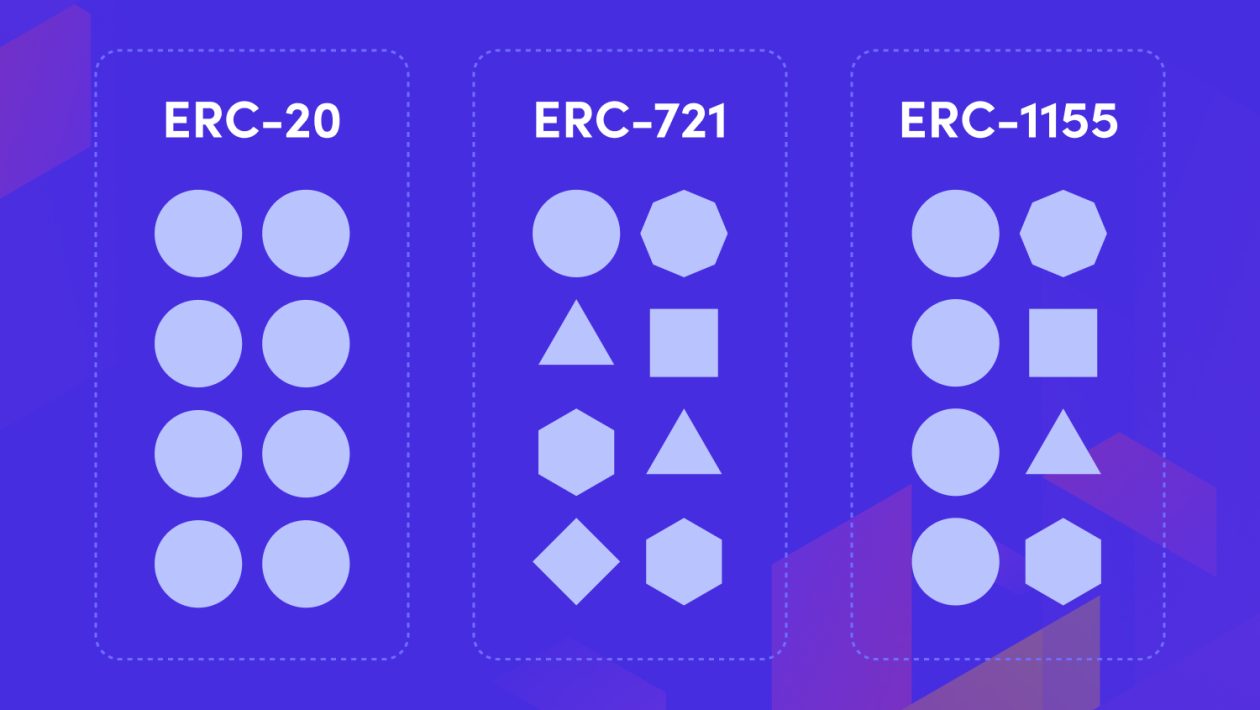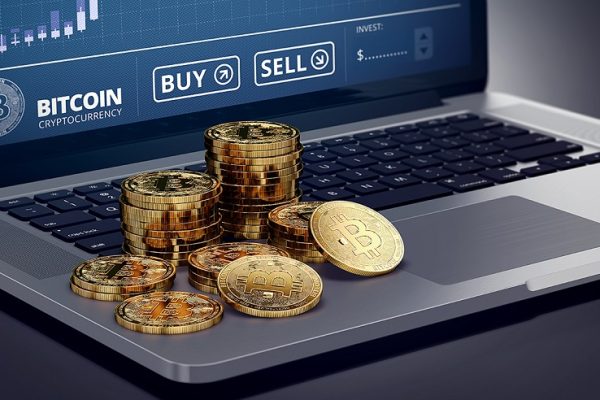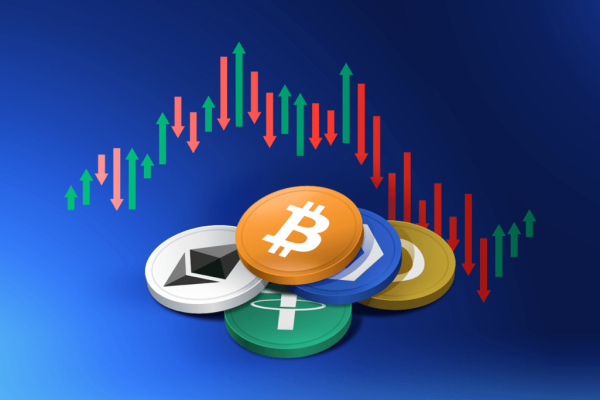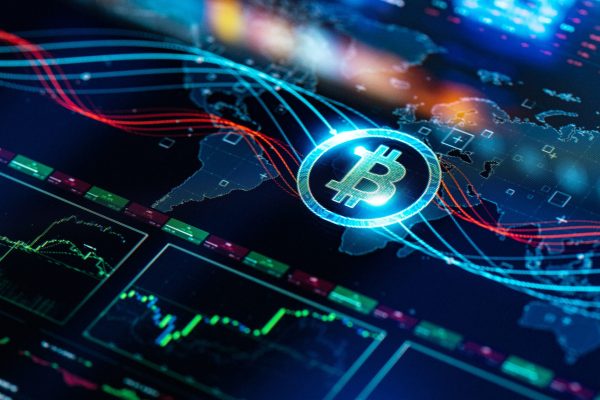Tokenization has been one of the most transformative innovations in the blockchain space. It has enabled the representation of real-world assets, digital assets, and various forms of value as tokens on a blockchain. Token standards play a pivotal role in this ecosystem by defining the rules and functionalities that these tokens adhere to. In this article, we will delve into the world of token standards, focusing on two of the most well-known standards, ERC-20 and ERC-721, and exploring the emerging standards that are shaping the future of blockchain. If you are starting to invest in crypto, you may consider Understanding Zcash.
Understanding ERC-20 Tokens
What is ERC-20?
ERC-20 stands for “Ethereum Request for Comment 20” and is a widely adopted token standard on the Ethereum blockchain. It defines a set of rules and functions that a token must implement to be considered ERC-20 compliant. These rules include functionalities such as transferring tokens, checking the balance of an address, and approving token transfers.
How ERC-20 Tokens Work
ERC-20 tokens are fungible, meaning that each token is identical and interchangeable with every other token of the same type. They are created and managed through smart contracts on the Ethereum blockchain, making them programmable and easily tradable on various cryptocurrency exchanges.
Advantages of ERC-20 Tokens
One of the key advantages of ERC-20 tokens is their widespread adoption, which has led to high liquidity and ease of integration into decentralized applications (DApps). Additionally, ERC-20 tokens have played a crucial role in the Initial Coin Offering (ICO) boom of 2017, enabling companies to raise funds by issuing their own tokens.
Common Use Cases for ERC-20 Tokens
ERC-20 tokens are versatile and have found applications in various industries. Some common use cases include:
- Utility Tokens: Used within a specific platform or ecosystem.
- Stablecoins: Tokens pegged to a stable asset like the US dollar.
- Governance Tokens: Used for voting on proposals within decentralized organizations.
- Security Tokens: Represent ownership in real-world assets, such as real estate or company shares.
Deep Dive into ERC-721 Tokens
Introduction to ERC-721
While ERC-20 tokens are fungible, ERC-721 tokens are non-fungible. ERC-721, also known as the “Non-Fungible Token (NFT)” standard, gained significant attention for its uniqueness and indivisibility. Each ERC-721 token is distinct and not interchangeable with any other token.
Non-Fungibility Explained
Non-fungibility means that each token has a unique value or characteristic, often associated with ownership of a specific asset or collectible. This uniqueness has given rise to various creative and artistic use cases, including digital art, collectibles, and virtual real estate.
ERC-721 vs. ERC-20: A Comparative Analysis
Comparing ERC-20 and ERC-721 reveals their distinct characteristics. While ERC-20 tokens are highly divisible and fungible, ERC-721 tokens are unique and indivisible. The choice between them depends on the specific use case and requirements of a project.
Beyond ERC-20 and ERC-721
Emerging Token Standards
ERC-1155: The Multi-Token Standard
ERC-1155 introduces the concept of multi-token contracts, allowing a single contract to manage multiple types of tokens, both fungible and non-fungible, in a more efficient and gas-saving manner.
ERC-777: Advanced Token Features
ERC-777 builds upon ERC-20 and adds features like operator control and hooks, enhancing the capabilities of tokens in the Ethereum ecosystem.
The Role of Interoperability
Interoperability between different token standards is crucial for the blockchain ecosystem to evolve. Projects like Polkadot and Cosmos are working on bridging different blockchains, enabling tokens to move seamlessly between networks.
Challenges and Limitations of Token Standards
Despite their advantages, token standards face challenges such as scalability issues, regulatory compliance, and potential vulnerabilities in smart contracts. These challenges must be addressed as the blockchain industry matures.
Real-World Applications
Tokenizing Real Assets with ERC-20 and ERC-721
Blockchain technology is being used to tokenize real assets, such as real estate and artwork, allowing for fractional ownership and easier transfer of these assets.
Token Standards in DeFi (Decentralized Finance)
Decentralized Finance has seen a surge in popularity, with token standards playing a crucial role in creating decentralized exchanges, lending platforms, and liquidity pools.
The Future of Token Standards
Potential Innovations and Developments
The future of token standards holds the promise of more advanced features, increased scalability, and improved security. Innovations like Layer 2 solutions and cross-chain compatibility are likely to shape the future landscape.
Regulatory Considerations
As the adoption of token standards continues to grow, regulatory bodies around the world are taking a closer look. Compliance with legal and regulatory requirements will be essential for the continued success of tokenized assets.
Market Adoption and Trends
Keeping an eye on market adoption and emerging trends will be crucial for businesses and developers seeking to leverage token standards effectively.
Conclusion
In conclusion, token standards such as ERC-20 and ERC-721 have played fundamental roles in shaping the blockchain industry by enabling the creation of a diverse array of tokenized assets and digital representations of value. This transformative technology has redefined the concepts of ownership and trade within the blockchain realm. As emerging standards like ERC-1155 and ERC-777 continue to gain prominence, they contribute to the ongoing evolution of the blockchain ecosystem, offering both opportunities and challenges for stakeholders. To fully harness the potential of blockchain technology, individuals and businesses should prioritize a comprehensive understanding of these standards and stay updated on their latest developments. Exploring innovative solutions can further enrich your blockchain journey by providing valuable insights and experiences.





